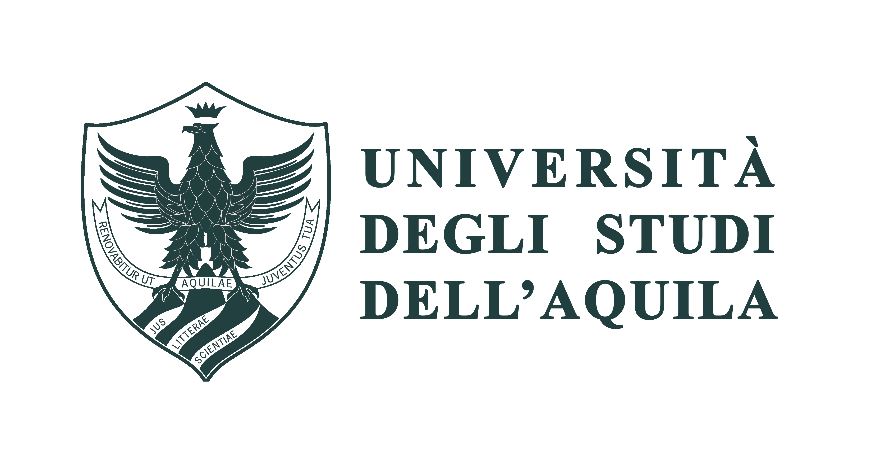It’s not a secret anymore that years ago a giant plastic island has been found in the Pacific Ocean.
Called Pacific Trash Vortex, is a real floating island made up of garbage. Needless to say, most of the waste is plastic, especially disposable plastic. There are no exact data about the size of this island, neither the exact amount of all the waste that composes it, but it is certain that the order of magnitude is about tons.
According to some estimates, probably downward, the plastic that constitutes the island amounts to at least 3 tons.
The Pacific Island, however, is not the only one…
Between Corsica and Elba Island, a new plastic island has been identified, composed mostly of disposable waste, which the Mediterranean currents push and hold in the Tyrrhenian stretch between Corsica and Elba.
Beside being a serious threat to the survival of marine flora and fauna, the island of Tyrrhenian Sea should cause us to think about the past and future of human beings.
Although this is a complex problem, it’s quite clear that the main causes are an incorrect use of resources (production and purchase) and the inefficiency of waste disposal and recycling (things currently stand).
Everyone can (and should) contribute to the change, acting on his daily habits. How? Opting for reusable materials, and reducing the use of disposable products when not strictly necessary. It is a small token of individual awareness that develops a great virtuous circle: the consumption of materials from fossil sources is reduced, safer materials for human health and the environment are opted for, and less waste is produced.
Often it’s not easy to orient your purchases, especially because there are many types of plastic derived from oil available on the market.
Among the most popular there are:
PE (polyethylene);
PET (polyethylene terephthalate);
PP (polypropylene);
PVC (polyvinyl chloride);
PS (polystyrene or polystyrene).
Especially if you need disposable products, it would be preferable to choose plastic free, biodegradable and compostable materials, rather than those made with the polymers listed above. Just take a look on the symbol with the triangle on the packaging of the products to buy, developing in this way a greater awareness not only about purchasing, but also about supply and recycling of waste.


P.IVA/Cod. Fis. 02059040671
Privacy Policy